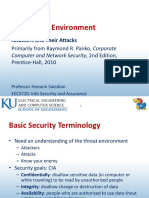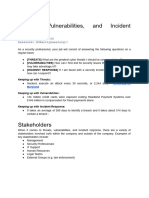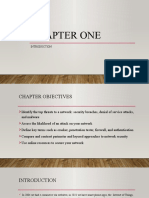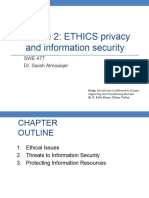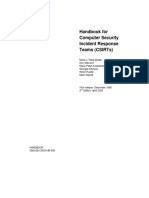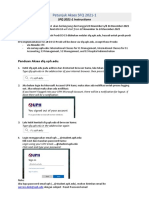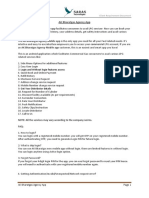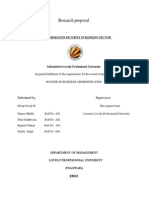0% found this document useful (0 votes)
82 views72 pagesThinking Security
The document discusses security threats and how they have changed over time. It notes that businesses, threats, and technology are constantly evolving, making it difficult to build secure systems. It emphasizes the importance of understanding the assets you want to protect, who may want to steal them, and their capabilities, to accurately assess security risks. It also provides examples of how underestimating threats, capabilities of attackers, or their motives has led to security breaches in the past.
Uploaded by
AshsunCopyright
© © All Rights Reserved
We take content rights seriously. If you suspect this is your content, claim it here.
Available Formats
Download as PDF, TXT or read online on Scribd
0% found this document useful (0 votes)
82 views72 pagesThinking Security
The document discusses security threats and how they have changed over time. It notes that businesses, threats, and technology are constantly evolving, making it difficult to build secure systems. It emphasizes the importance of understanding the assets you want to protect, who may want to steal them, and their capabilities, to accurately assess security risks. It also provides examples of how underestimating threats, capabilities of attackers, or their motives has led to security breaches in the past.
Uploaded by
AshsunCopyright
© © All Rights Reserved
We take content rights seriously. If you suspect this is your content, claim it here.
Available Formats
Download as PDF, TXT or read online on Scribd
/ 72


